"Re-invented for the digital age in 2008, few third-generation Volkswagen Scirocco drivers may realise the last time their beloved coupé appeared was in the more analogue 1990s. It was 1992 to be precise, which means 2017 marks a whole 25 years since the second "

Karmann Chameleons: The Ghia-Styled Volkswagen
Think classic Volkswagens, and the Beetle and Type 2 campervan evoke obvious memories. But there is another cult retro VW: the Karmann Ghia’s Italian style and German reliability are a winning combination.
The original Volkswagen Beetle’s silhouette is as distinctive as it is ubiquitous. Curvy yes, sporty, no. But then that wasn’t part of the Beetle’s brief.
Designed in 1938 to get the German masses moving, it took until 1945 for the bug-shaped car to fulfill its objective. Production was interrupted by World War II, brought on by the provocateur of the ‘People’s Car’ – a certain Herr Hitler – but rising post-war standards of living called for something sexier to sit alongside the highly successful single model scurrying off Volkswagen’s production lines.
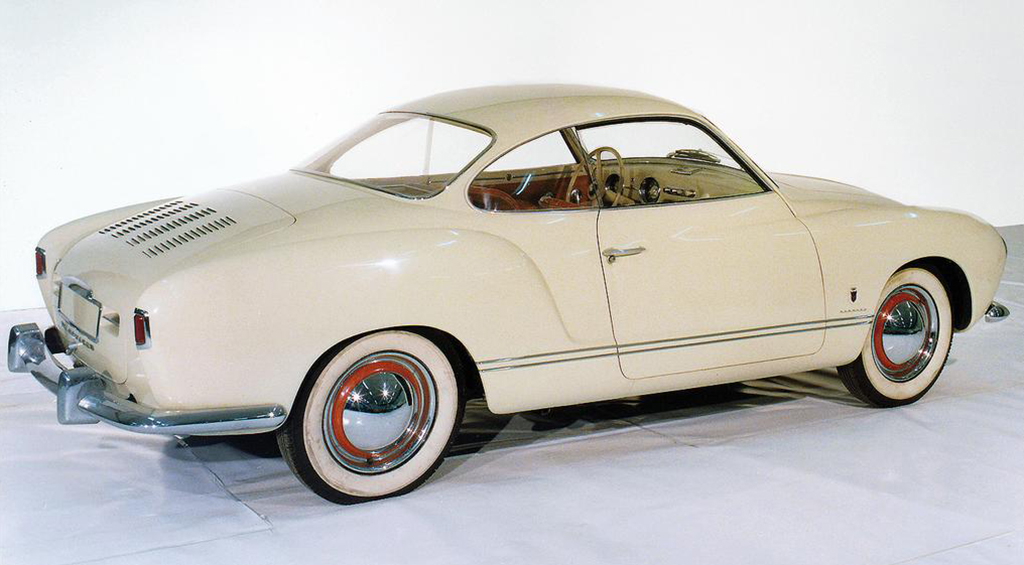
The Volkswagen Karmann Ghia coupé first debuted at the 1953 Paris motor show. A concept for the Ghia styling house by designer Luigi Segre, Volkswagen chose the elegant 2+2 to bring a much-needed injection of glamour to its workaday line-up. Rumoured to include styling references from Chrysler – notably the 1952 D’Elegance – and Studebaker, the VW coupé sat on a Beetle floorpan widened by 12 inches.
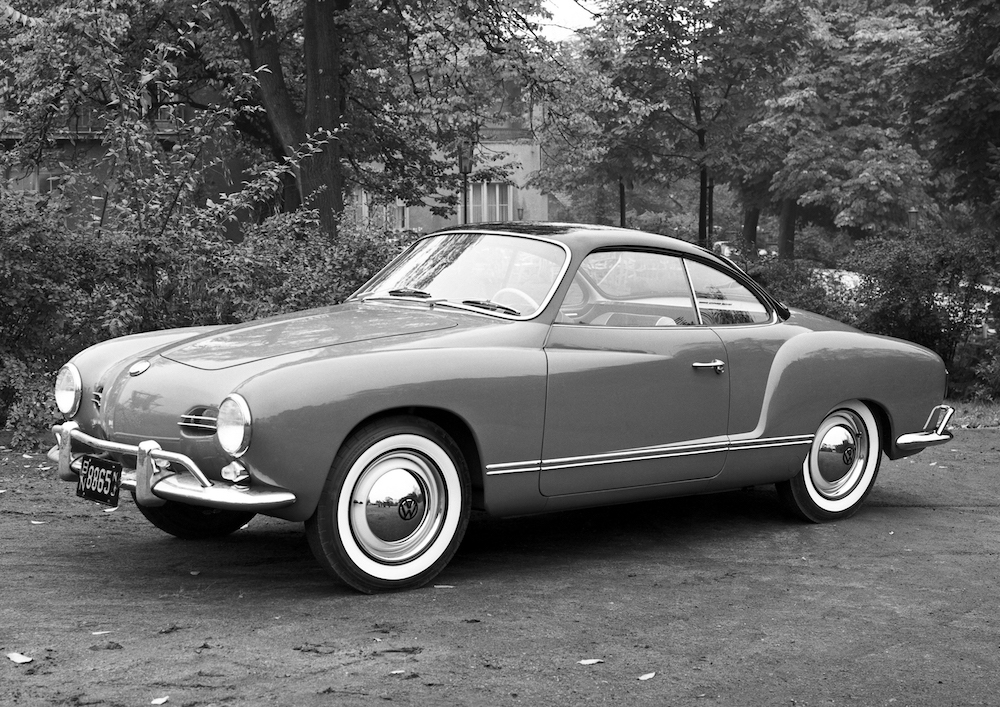
German Coach-builder Karmann was the obvious coupé contractor choice for VW execs, the Osnabrück-based firm having produced the Beetle Cabriolet since 1949. The Italian style brought by carrozzeria Ghia and reliable, simple German mechanicals would prove a winning combination. Just as the millionth Beetle celebrations were got underway in August 1955, the first Karmann Ghias started rolling off the production lines.
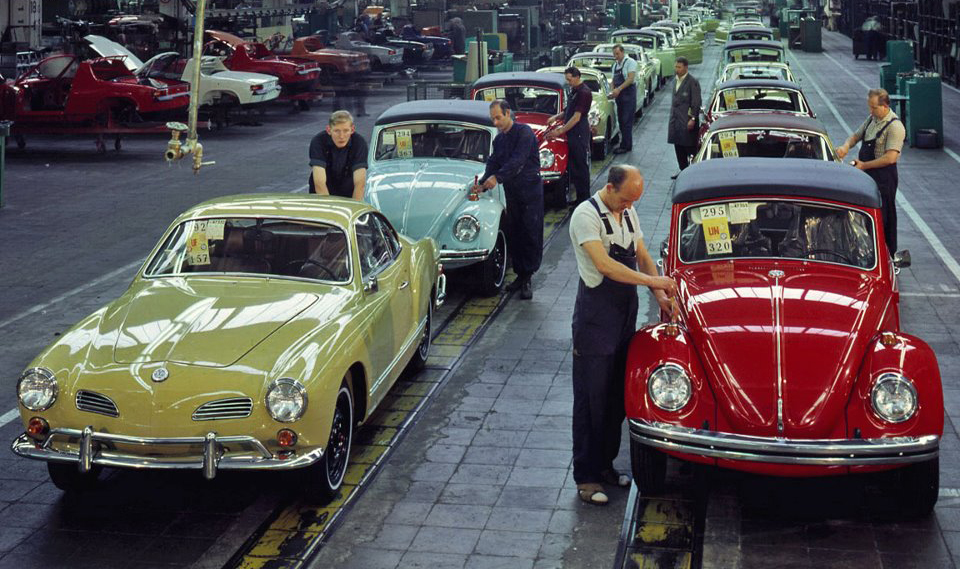
Designated ‘Type 14’ inside Volkswagen, the new German-Italian ‘sports car’ featured more sensuous curvaceous styling than the Bug and butt-welded, hand-shaped panels which contributed to its higher price. Despite the extra initial outlay, public reaction was better than expected, and the sporty – if a car touting a maximum of 60bhp can be referred to as sporty – newcomer sold over 10,000 units in its first year of production.
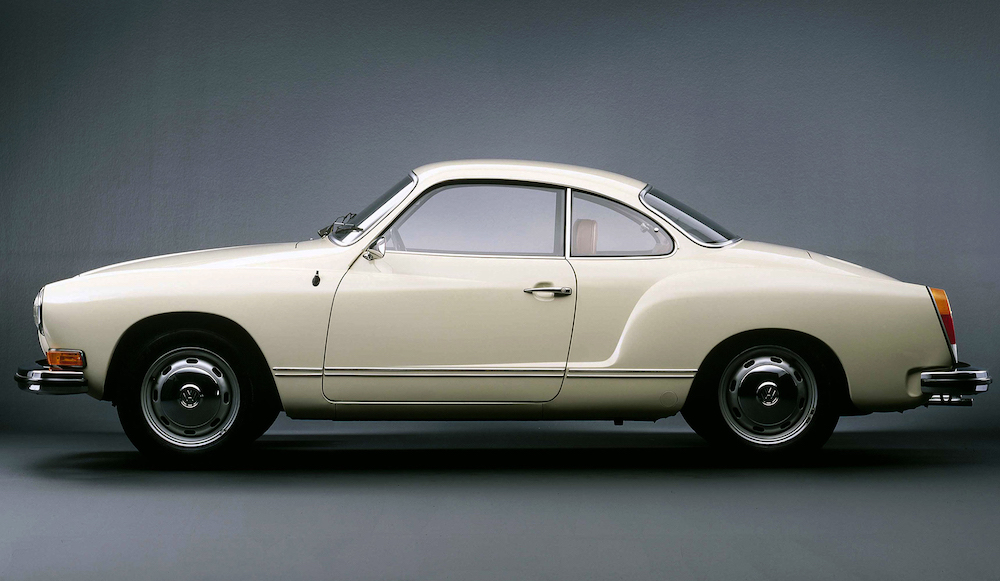
Mirroring the scarab-like small VW, a drophead convertible version arrived in 1957, while a similar process of evolution saw a host of exterior changes in 1961. As the legendary Beetle’s engines were updated, so too were the Karmann Ghia’s, the most powerful variant packing a 1,584cc air-cooled four-pot unit. The Karmann sportster’s exotic looks belied its rather parochial underpinnings, and the pretty coupé and cabrio exuded a beautifully simple elegance.
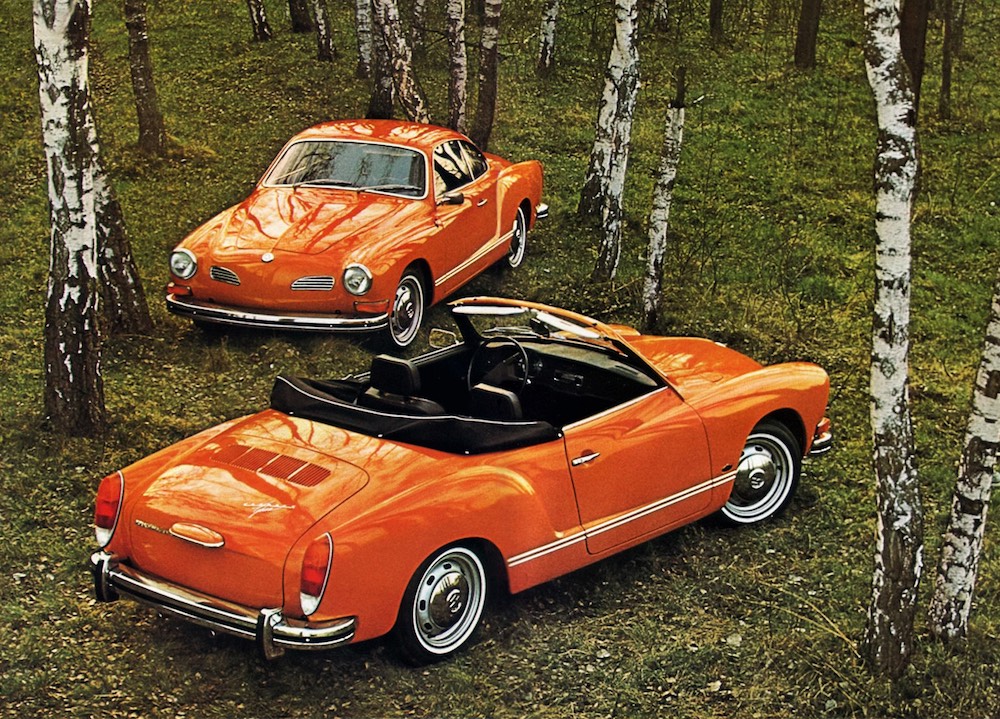
Further external updates to the lights and bumpers came in 1970 and sadly took away some of the charm, while US market cars had energy-absorbing bumpers fitted in 1973. After a highly successful 19-year run, Karmann Ghia production halted on 21 June 1974 with the arrival of the technologically-advanced and water-cooled Volkswagen Scirocco coupé.
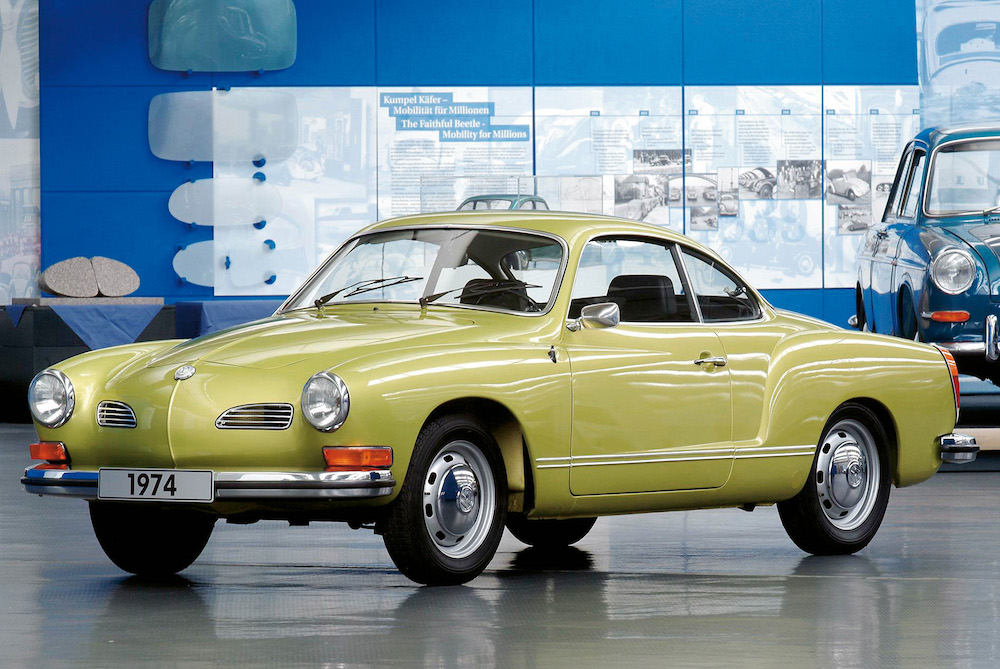
Over 445,000 examples had been built in Germany by the end of the model’s life, a further 41,600 cars made locally by Karmann Brazil from 1962 to 1975. The new-fangled Scirocco wasn’t its first in-house rival: the VW-Porsche 914 had also been sold alongside beside the now-cool Karmann since 1969. The Giugiaro-styled 1970-1976 Karmann Ghia TC (Touring Coupé) meanwhile was only sold in South America, and was based on Volkswagen Type 3 oily bits.
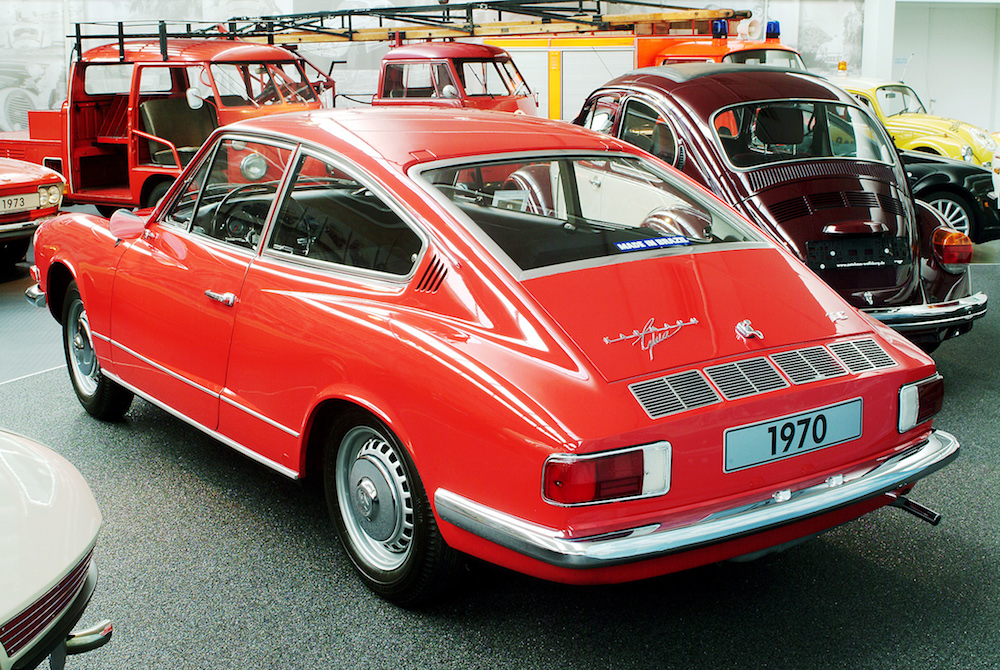
While the Type 14 Karmann Ghia might be the most recognisable car based on the Beetle to roll out from Osnabrück, there was another VW coupé which followed the same idea. Buoyed by the success of the ‘14, Volkswagen decided to have a crack at the premium coupé market. In September 1961, the ‘Type 34’ or 1500 Karmann Ghia was unveiled. Like the Brazilian TC, it was based on the larger Type 3 saloon and fastback platform, and was powered by the firm’s new fan-mounted-on-crankshaft ‘pancake’ air-cooled 1,500cc engine.
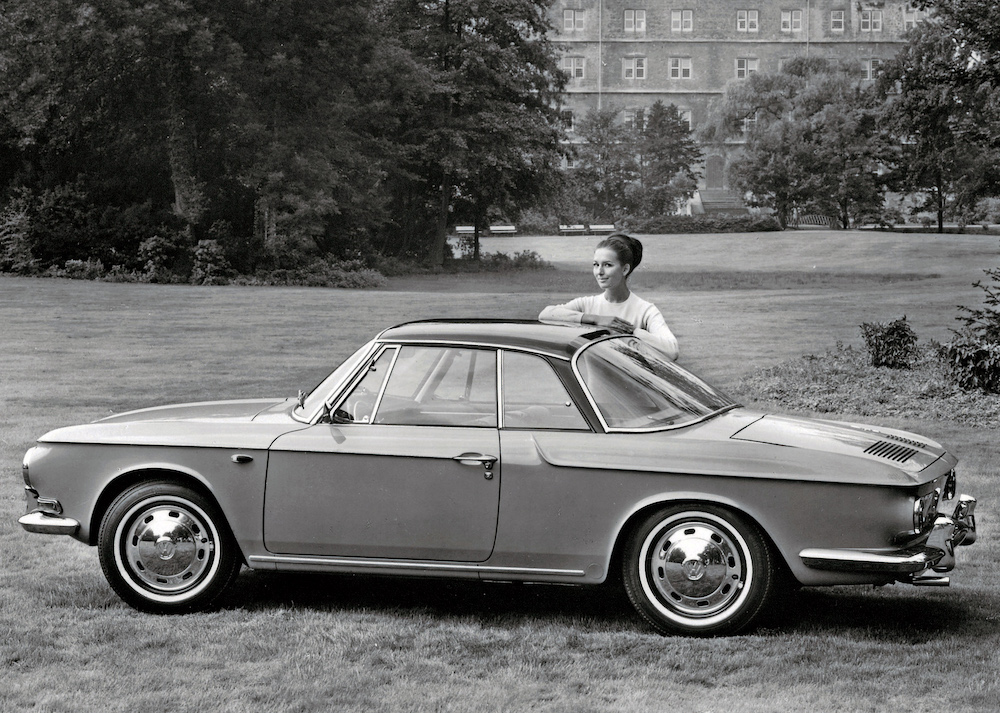
Italian engineer Sergio Sartorelli (who was also in charge of the original Karmann Ghia’s exterior restyling) penned the contemporarily angular body. To avoid confusion with the then 1500cc-engined Type 14, Volkswagen’s upmarket coop was known as ‘The Big Karmann’ in its home market, ‘Razor Edge Ghia’ in the UK (a reference to its sharp-crease styling) and ‘European Ghia/Type 3 Ghia’ in the US.
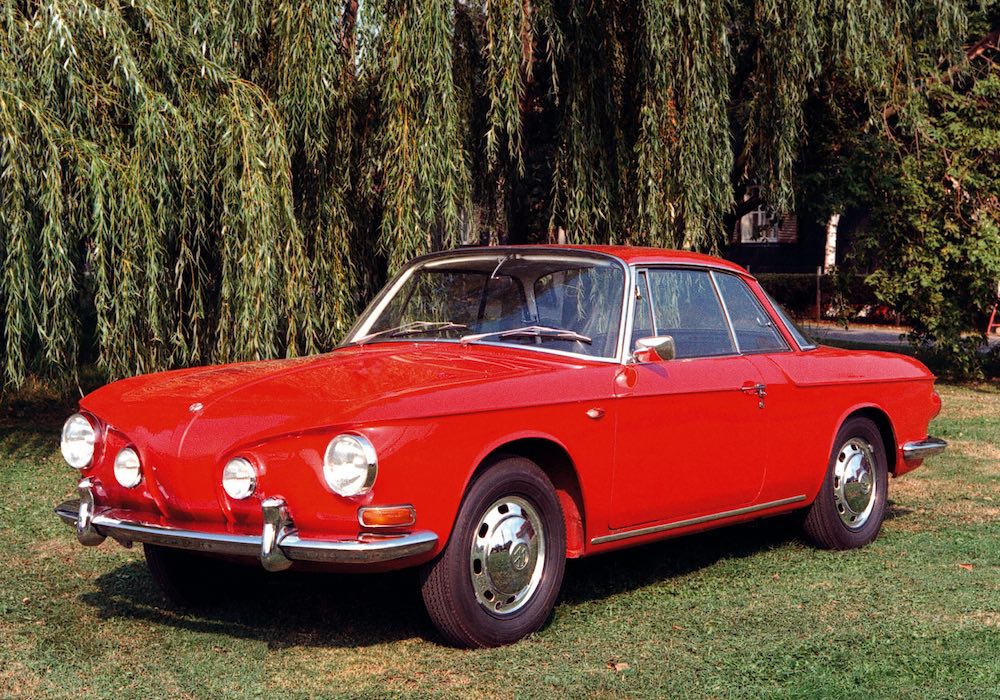
The fastest production Volkswagen on its introduction, the Type 34 featured a luxurious spec befitting its position at the top of the VW family tree. An electric clock, fog lights, additional dashboard and door padding, as well as an optional electrically-operated sliding steel sunroof could all be specified.
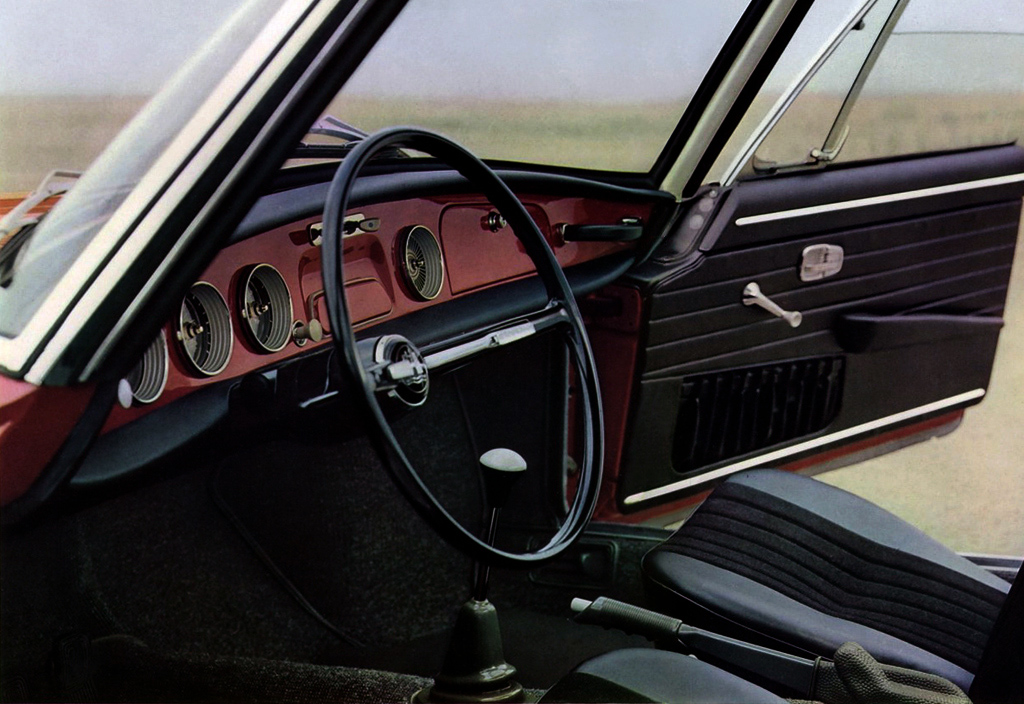
With the price of selected Razor Edge Ghias as much as a pair of basic-spec Beetles, build numbers were fashionably lower than the Type 14’s. In the seven years it was produced, only 42,505 Type 34s were ever made. Seventeen convertible prototypes were also manufactured, but a production version was sadly never given the green light, and now very few remain.
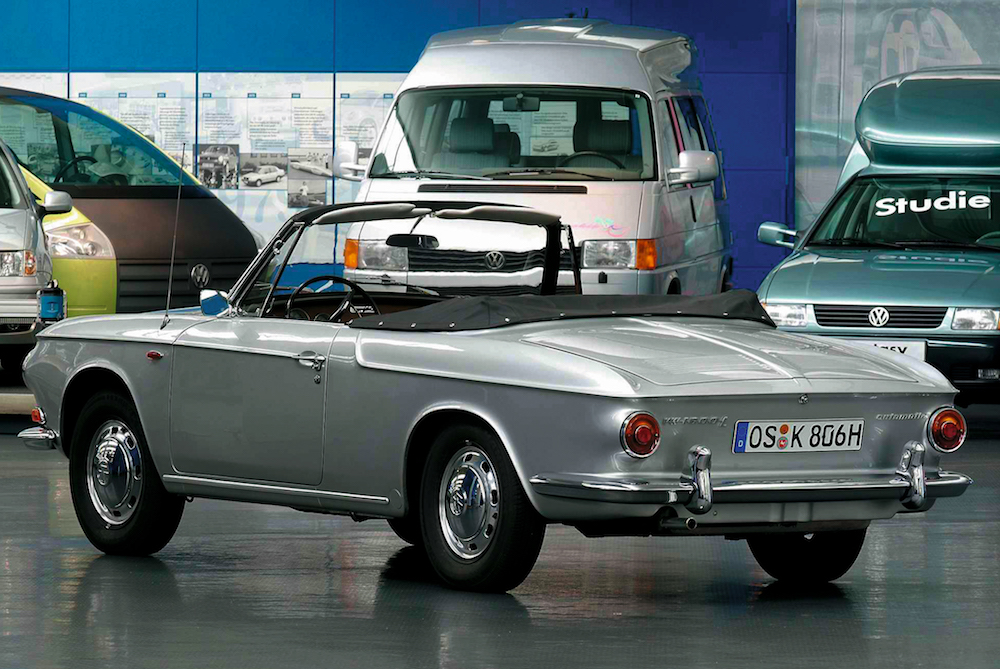
The first coupé to give a Volkswagen racier appeal, the Karmann Ghia paved the way for the later Scirocco and Corrado. And even though it was a contemporary production line bedfellow with its Golf-based successor as well as the Porsche 914, the Type 14 Karmann Ghia’s build run was longer than both. It was a true king among Karmanns.
CLICK TO ENLARGE









